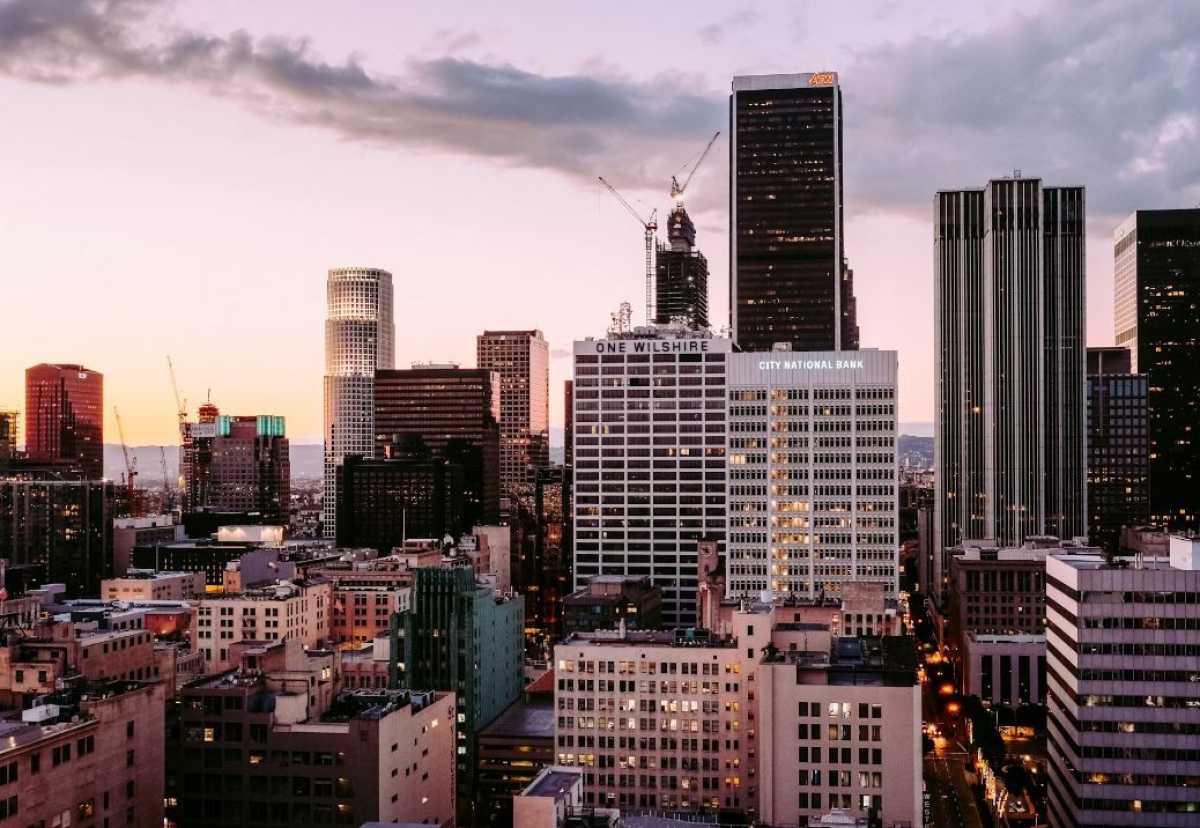Sustainability And Strength: The Eco-friendly Potential Of Commercial Concrete
- - Category: Business Opportunities
- - 01 Mar, 2024
- - Views: 88
- Save

Here are the benefits of eco-friendly concrete.
When we think of sustainability, concrete isn't usually the first material that comes to mind. However, the commercial concrete industry has been making strides in becoming more eco-friendly in recent years. With advancements in technology and a growing focus on environmentally conscious practices, concrete is now being produced and used in ways that are both strong and sustainable. In this blog post, we will explore the eco-friendly potential of commercial concrete and how it can contribute to a more sustainable future.
Recycled Materials
One of the key ways that commercial concrete is becoming more eco-friendly is through the use of recycled materials. By incorporating recycled aggregates such as crushed concrete or glass into the mix, concrete producers can reduce the amount of virgin materials needed for production. This not only helps to conserve natural resources but also reduces the amount of waste that ends up in landfills. Additionally, some concrete producers are using alternative binders such as slag, fly ash, or other industrial byproducts to replace some of the cement in the mix. These materials not only offer environmental benefits but can also improve the long-term durability and strength of the concrete.
Carbon Emissions
Another important aspect of sustainable concrete production is the reduction of carbon emissions. Concrete production is known to be a significant contributor to greenhouse gas emissions, primarily due to the high energy consumption required to heat and process raw materials. In response to this, many concrete producers are adopting more energy-efficient practices such as using renewable energy sources, optimizing production processes, and investing in carbon capture technologies. Some companies are even experimenting with carbon-neutral concrete, which absorbs more carbon dioxide during its lifecycle than is emitted during production.
Sustainability
In addition to sustainable production practices, the design and use of concrete structures also play a role in promoting sustainability. Concrete buildings and infrastructure are known for their durability and longevity, which can help reduce the need for frequent repairs or replacements. This can result in lower energy and resource consumption over the lifecycle of the structure. Furthermore, concrete has excellent thermal properties, which can help reduce energy consumption for heating and cooling in buildings. By using concrete in innovative ways, such as incorporating green roofs, passive design strategies, or solar panels, designers and engineers can create sustainable structures that are both strong and eco-friendly.
Carbon-Negative Concrete
One of the most exciting developments in sustainable concrete technology is the rise of carbon-negative concrete. This innovative material not only reduces carbon emissions during production but actively removes carbon dioxide from the atmosphere. By using carbon-capture technologies or incorporating mineral additives that absorb carbon dioxide, carbon-negative concrete has the potential to help fight climate change while still providing the strength and durability that concrete is known for. As this technology continues to evolve, we can expect to see more eco-friendly concrete solutions emerge in the commercial construction industry.
In conclusion, the eco-friendly potential of commercial concrete repair and installation is vast and promising. By embracing recycled materials, reducing carbon emissions, designing sustainable structures, and exploring carbon-negative technologies, the concrete industry is making significant strides towards a more sustainable future. As builders, designers, and consumers become more conscious of the environmental impact of construction materials, the demand for eco-friendly concrete solutions will continue to grow. With ongoing innovation and collaboration, commercial concrete has the potential to be both strong and sustainable, paving the way for a more environmentally friendly built environment.


